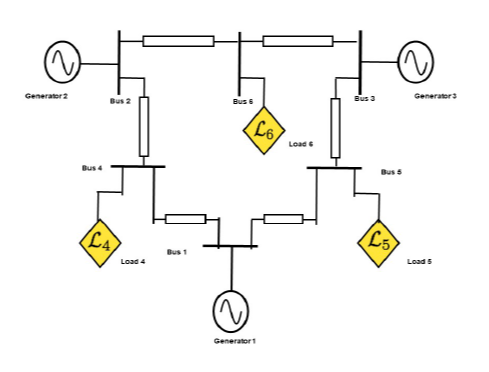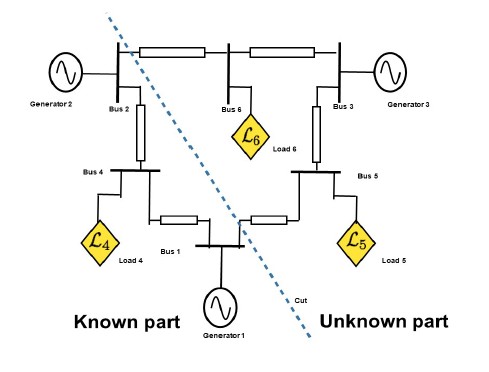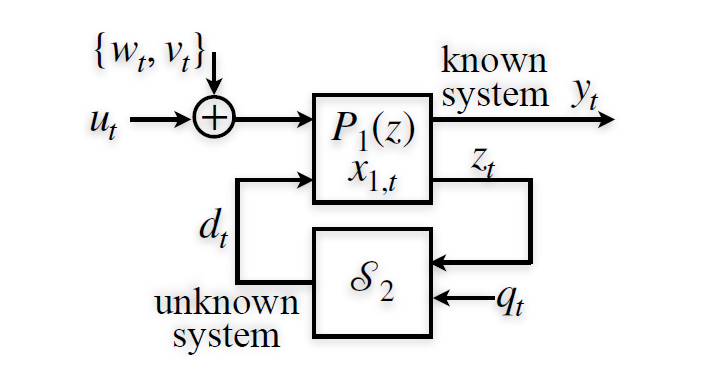The Centre for Intelligent Electricity Distribution (CINELDI) proposes a novel top-down approach to improve the simultaneous input and state estimation process.
Monitoring in a traditional electricity grid typically follows a tree structure. The distribution grid is monitored using infrequent SCADA data and a global steady-state power system model.
This typical situation is starting to change due to the low-carbon requirements and introduction of distributed energy resources (DERs), including photovoltaic (PV) generators, hydro and wind farms, which feed power into the distribution grid. The distributed components of smart distribution grids introduce uncertainties and fast transients into the system.
The effects of DER on distribution systems
The increased penetration of DER has led to important changes in distribution systems:
1: The first change occurs in the direction of power flows, which is no longer unidirectional. This change may have crucial consequences on the planning and operations of distribution grids, including protection and voltage management applications.
2: DER provides great quantities of generation, so when a sudden load disturbance occurs, it can activate the protection systems, which makes the distributed generation to trip. In this situation, control of surrounding distribution systems’ voltage and frequency would be more complicated.
3: Distributed energy storage has unpredictable charge and discharge profiles. Hence, these profiles can cause unpredictable disturbances in the distribution system.
Advanced measurement of distribution grids
Distribution grids typically have a low degree of instrumentation, so we need sophisticated tools to analyse and control them. To monitor and control such networks in an efficient way, the distributed supervisory control and data acquisition (DSCADA) system and the information technology (IT) infrastructure in distribution grids have been improved by introducing new developments in sensor and network technologies.
The most advanced measurement units for distribution grids are Phasor Measurement Units (PMUs). The introduction of these advanced measurement units makes it possible to capture these fast dynamics in the system. However, there exist some problems regarding dynamic state estimation in smart distribution grids:
- The PMUs are expensive sensors, so the introduction of them in the distribution grid will happen gradually, where should these sensors be located in order to achieve observability.
- It is not possible to observe measurements in all parts of the distribution grids due to the consumers’ privacy consideration, lack of measurement units and geographical difficulties, how to monitor the system in this situation.
- The dynamical characteristics of some components in the distribution network may be unknown, how to model these unknown parts.
We propose a novel perspective for monitoring of power systems with some unknown parts based on the methodology given in our previous paper. We instead of focusing on the individual network components’ external signals (“bottom-up perspective”) consider the whole unknown parts of a power system as inputs flowing into the known part of the system (“top-down perspective”).
We presented this approach at the 2019 IEEE Conference on Control Technology and Applications (CCTA) and have summarised it below.
Partially known power networks
Some parts of a power system may be partially or totally unknown, especially the distribution part of the grid. Such partial knowledge stems both from insufficient measurements in the system and missing accurate information about neighbouring operating areas and equipment and operations at customers’ sites.
Such systems can be divided into known and unknown parts. The term ‘known’ means a subsystem modelled precisely in dimension and parameters, whereas ‘unknown’ shows the absence of such an accurate model.
In this case, we model the effects of the unknown part as unknown inputs flowing into the known part, creating a known system with unknown inputs. The goal is to perform state estimation on this system with an unknown input, as follows:



Simultaneous input and state estimation (SISE)
SISE is a filtering-based algorithm to estimate the states and unknown inputs of the system simultaneously and has usually been applied to input estimation problems in geophysical exploration and environmental monitoring, effectively as an approach to signal deconvolution through a known linear system.
Our focus is on the state estimation of a linear system, depicted as P1(z) in the graphic below, interconnected with an unknown system S2. We use the word depicted advisedly, since there is no necessary causal relationship implied between dt and the other signals. However, the analysis of interconnected systems exposes a potentially powerful application of SISE in the capacity to estimate the state x1,t in isolation from its interconnections, which are entirely captured by dt.

Further, the linearity of the known system P1, but not necessarily of S2, is all that is required, along with the sufficiency of the measurements, which in turn relies on the topology and nature of interconnection between the systems, but not the other systems themselves.
Partially known power network state estimation
For partially known power network state estimation, we make a virtual cut on the network diagram which separates the known and the unknown parts of the system. The unknown part of the circuit interacts solely through the current signals flowing across the cut. With each different cut, the definitions of the matrices in the SISE description alters to reflect the topology. Then, we apply SISE to estimate the states of the known system and the current signals from the unknown part. Our procedure for state estimation consists of the following steps:
- Identify the known and the unknown parts of the system.
- Model the unknown parts by disturbance inputs interacting with the known part.
- Derive the partially known model.
- Examine the observability condition.
- Apply SISE to estimate the states and the unknown currents.
CINELDI develops the electricity grid of the future by working towards digitalising and modernising the electricity distribution grid for higher efficiency, flexibility and resilience. CINELDI enables a cost-efficient realisation of the future flexible and robust electricity distribution grid. You can find out more information about the centre and SINTEF Energy Research’s involvement here.









Comments
No comments yet. Be the first to comment!